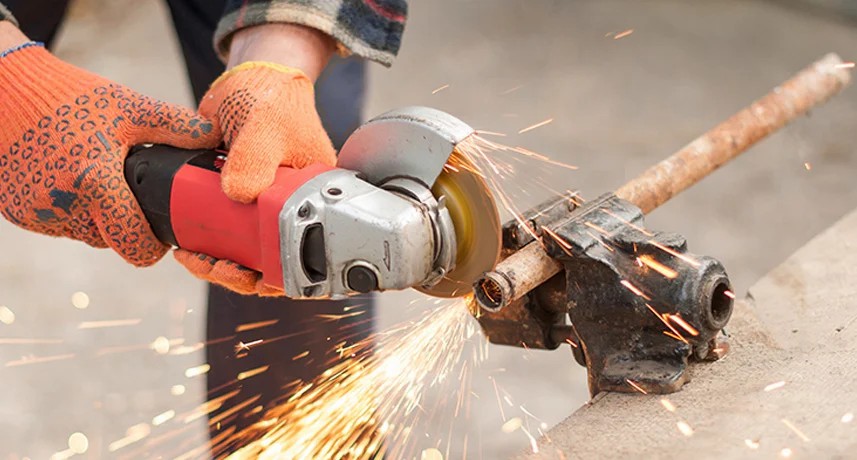


 349,500 Offered Certificates
349,500 Offered Certificates
 24/7 Online Training
24/7 Online Training
 Money Back Guarantee
Money Back Guarantee
 Fully Accredited Courses
Fully Accredited Courses

Created at: 22-02-2025 22:54
Abrasive wheels are essential tools in various industries, from manufacturing to construction. However, their improper use can lead to significant safety risks. In this blog post, we will explore the key safety risks associated with abrasive wheels, discuss the importance of proper training, showcase best practices for risk mitigation, and review real-life case studies that highlight the effectiveness of thorough training.
Understanding the risks involved with abrasive wheels is crucial for safeguarding both workers and equipment. Here are some common hazards associated with abrasive wheels:
Proper training is paramount to minimizing the risks associated with abrasive wheels. Certified abrasive wheels training programs equip employees with the knowledge and skills necessary to operate these tools safely. Here’s why training is essential:
To enhance safety in environments utilizing abrasive wheels, employers should implement the following best practices:
Here are success stories where proper training has proven to be effective in preventing accidents:
In a manufacturing facility, an employee operating a bench grinder was struck by a broken wheel. Fortunately, the team had undergone abrasive wheels safety training, which emphasized using safety guards and PPE. The employee was wearing a face shield, which prevented severe facial injuries—highlighting how effective training can be a lifesaver.
On a construction site in Dublin, workers were trained in abrasive wheels safety, focusing on correct mounting techniques. A supervisor noticed a wheel improperly mounted and intervened, preventing a potential accident that could have seriously injured the operator and others nearby.
Understanding and addressing the safety risks associated with abrasive wheels is essential in any workplace setting. The implementation of certified training programs not only enhances awareness of potential hazards but also empowers workers to take proactive measures that ensure their safety. Investing in abrasive wheels certification is an investment in workplace safety, compliance, and ultimately saves lives.
Contact us at [email protected] to learn more about enrolling in our abrasive wheels online course today!